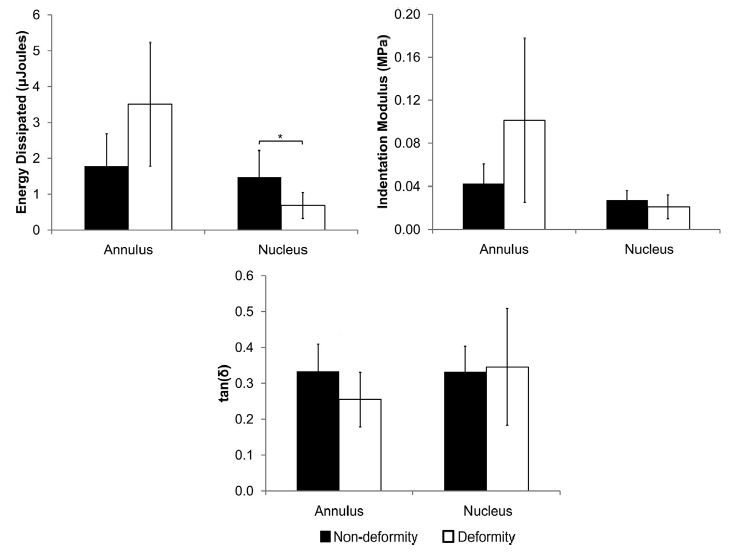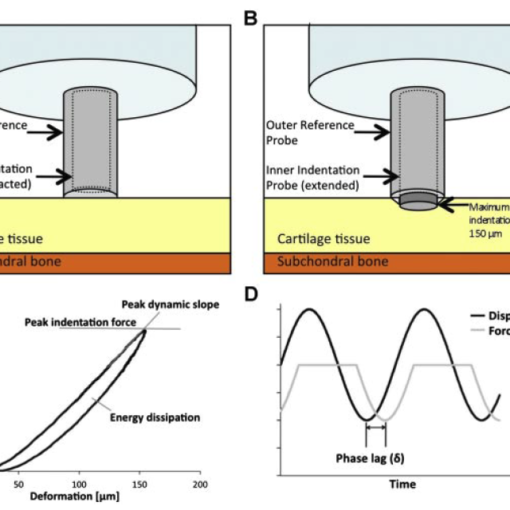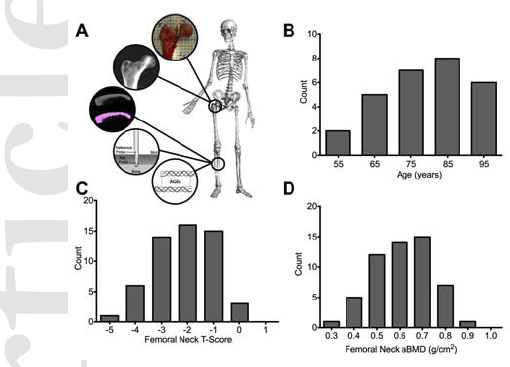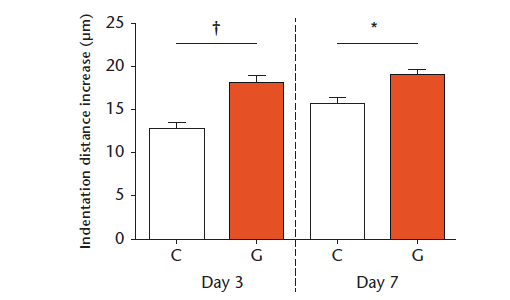Abstract
BACKGROUND CONTEXT:
It is well-established that disc mechanical properties degrade with degeneration. However, prior studies utilized cadaveric tissues from donors with undefined back pain history. Disc degeneration may present with pain at the affected motion segment, or it may be present in the absence of back pain. The mechanical properties and matrix quantity of discs removed and diagnosed for degeneration with patient chronic pain may be distinct from those with other diagnoses, such as spinal deformity.
PURPOSE:
To test the hypothesis that discs from nondeformity segments have inferior mechanical properties than deformity discs owing to differences in matrix quality.
STUDY DESIGN/SETTING:
In vitro study comparing the mechanical and matrix properties of discs from surgery patients with spinal nondeformity and deformity.
METHODS:
We analyzed nucleus and annulus samples (8-11 specimens per group) from surgical discectomy patients as part of a fusion or disc replacement procedure. Tissues were divided into two cohorts: nondeformity and deformity. Dynamic indentation tests were used to determine energy dissipation, indentation modulus, and viscoelasticity. Tissue hydration at a physiologic pressure was assessed by equilibrium dialysis. Proteoglycan, collagen, and collagen cross-link content were quantified. Matrix structure was assessed by histology.
RESULTS:
We observed that energy dissipation was significantly higher in the nondeformity nucleus than in the deformity nucleus. Equilibrium dialysis experiments showed that annulus swelling was significantly lower in the nondeformity group. Consistent with this, we observed that the nondeformity annulus had lower proteoglycan and higher collagen contents.
CONCLUSIONS:
Our data suggest that discs from nondeformity discs have subtle differences in mechanical properties compared with deformity discs. These differences were partially explained by matrix biochemical composition for the annulus, but not for the nucleus. The results of this study suggest that compromised matrix quality and diminished mechanical properties are features that potentially accompany discs of patients undergoing segmental fusion or disc replacement for disc degeneration and chronic back pain. These features have previously been implicated in pain via instability or reduced motion segment stiffness.
https://www.ncbi.nlm.nih.gov/pubmed/24246750
Spine J. 2014 Mar 1;14(3):522-30. doi: 10.1016/j.spinee.2013.06.089. Epub 2013 Nov 15.





